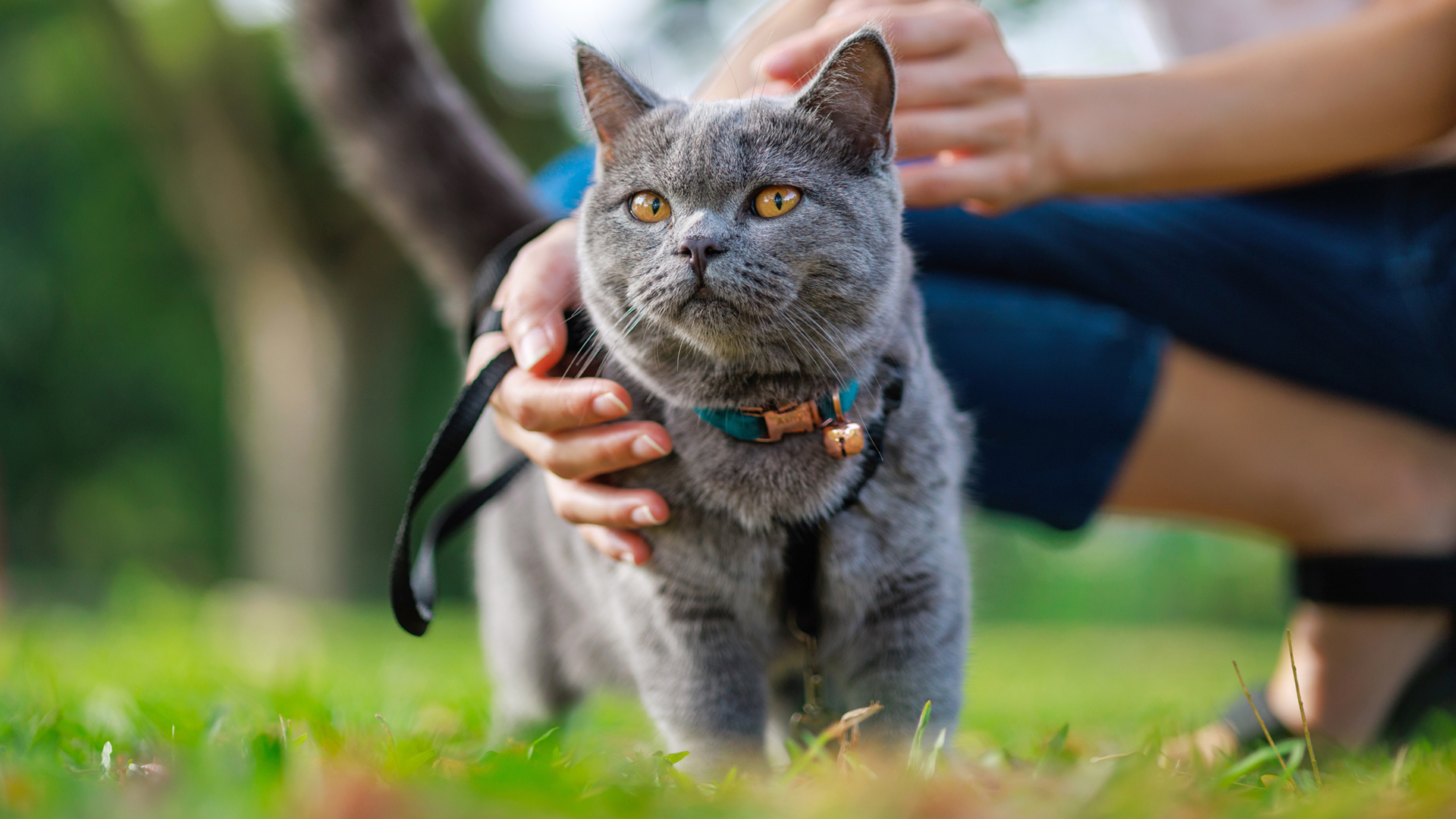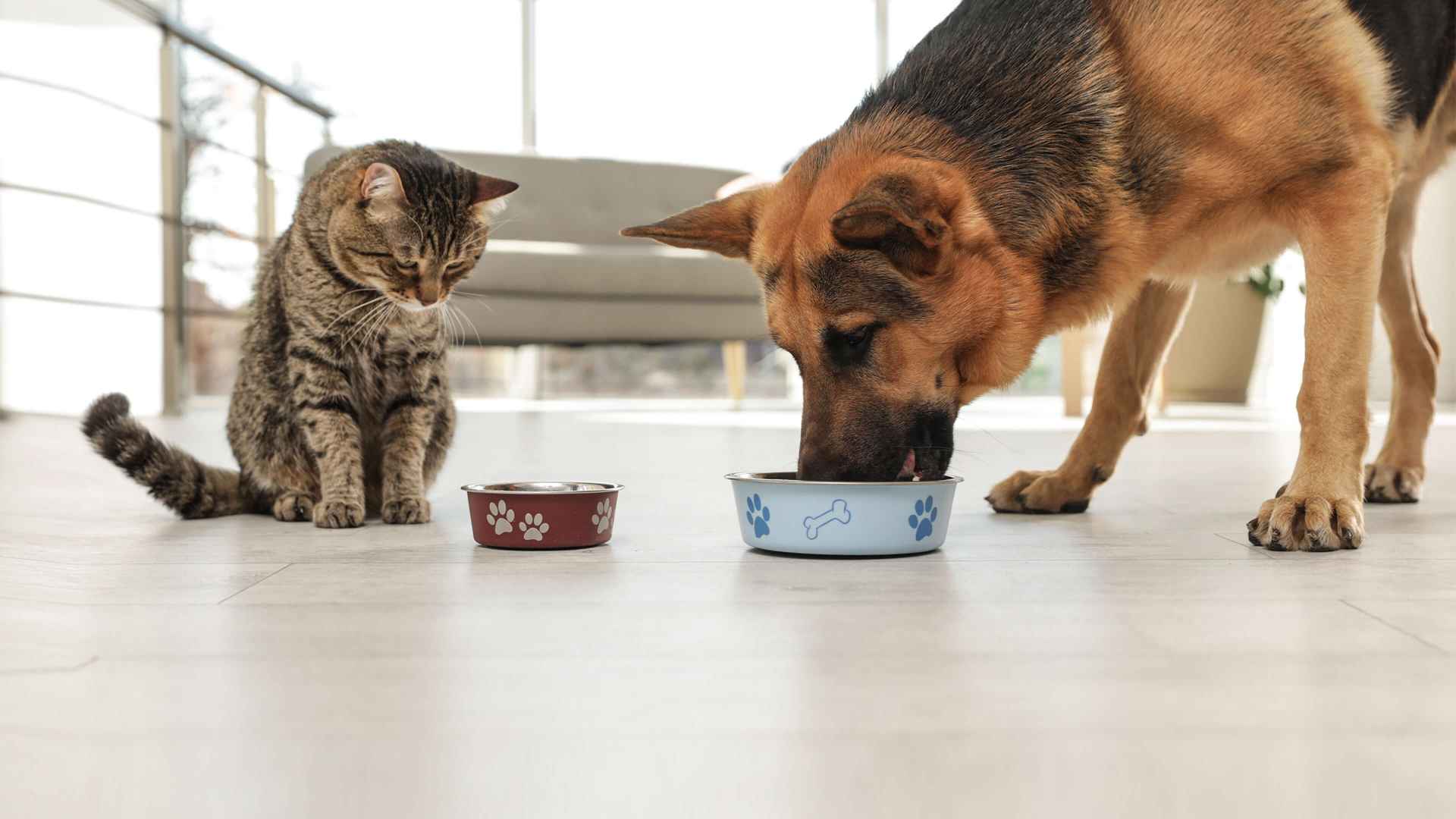senior pet month: ways to support your aging pet
If you have a senior dog or cat, you might also notice signs of aging like a slower pace and difficulty getting up or down and want to do whatever you can to keep them comfortable and active.
In this blog post, we’ll go over the common mobility issues senior pets experience and what pet owners can do to manage symptoms.
Common pet mobility conditions
Osteoarthritis, which is the most common form of arthritis, is a joint condition caused by cartilage degradation. Both dogs and cats can be affected by this disease, which causes stiffness in limbs, limping, trouble getting up or down, reluctance to go up or down the stairs or on furniture, and losing interest in playing. For cats with OA, they may stop jumping, cleaning themselves, or using the litter box, and they may not want you to touch certain areas on their body.
The changes often happen gradually and subtly, which means you might not notice right away. While OA is a chronic disease with no cure, there are tools to help manage it, such as pain medication, nutrition, physical therapy, and weight control. Discover how Banfield can help with osteoarthritis management.
Obesity is also a significant factor in mobility. It’s not uncommon for older pets to have gained a few pounds, but that excess weight can put extra strain on your dog’s or cat’s bones and joints, which makes it harder for them to get around. Other mobility conditions that can affect your aging pet include knee injuries as well as canine hip dysplasia, which usually affects larger breeds such as German Shepherds, Mastiffs, Great Danes, Saint Bernards, and Golden Retrievers. Keeping your pet physically active and on a healthy diet are great ways to stay on top of their weight.
Ways to manage pet mobility conditions
If you notice your pet moving at a slower pace, having trouble getting up and down off the couch or up and down the stairs, cleaning themselves less, or showing signs of pain, it’s time to talk to your veterinarian. Since OA is a progressive disease, the sooner you can bring these changes to the attention of your pet’s healthcare team the better. Through comprehensive exams as well as X-rays and lab work, they can help identify if your pet has OA. And if so, they’ll work with you to better understand the cause of your pet’s mobility issues and what to do about it. Your veterinarian might recommend combination therapy for pain control that includes prescription medication, joint supplements, or a specific diet. Learn how you can spot osteoarthritis in your dog or cat at home.
Our affordable preventive care–focused Special Care Optimum Wellness Plans™ are a great way to support senior health. Our Optimum Wellness Plans for dogs and cats include unlimited office visits, comprehensive exams, vaccinations, and 24/7 chat capability with a veterinary professional.
We love senior pets at Banfield, and we want to help you support your senior sweetie’s quality of life through their golden years.
 Mites and mange
Mites and mange Podcast - Not Just Fluff
Podcast - Not Just Fluff











